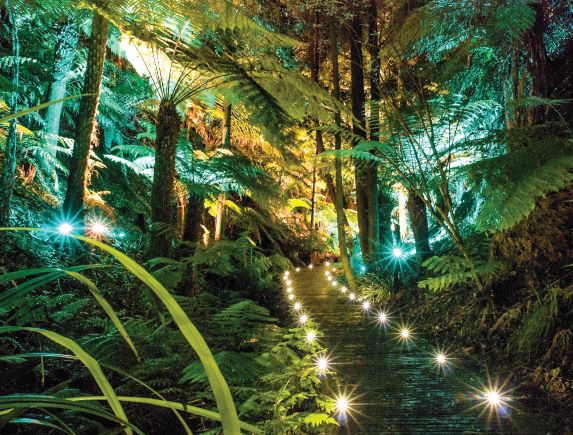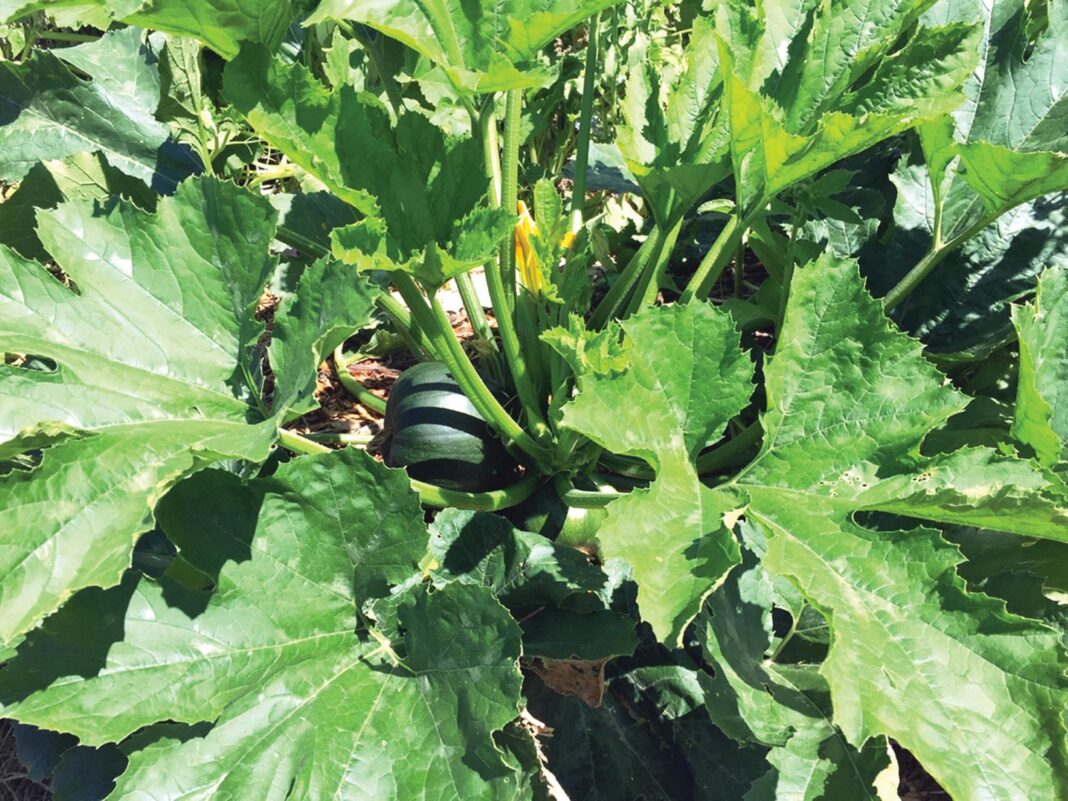The delicious and ever-popular Gem squash (Cucurbita pepo) is a hybridised cucurbit from South Africa. It is a household staple there, commonly baked and stuffed with creamed corn and cheese. I was introduced to this fabulous variety by a South African work colleague and, needless to say, will be saving space in my veg patch from hereon in.
Two especially lucrative advantages of growing Gem squash are their compact growth habit to approximately 60cm wide and 30cm high, and their high productivity – if you keep powdery mildew at bay as the plants mature (a common challenge with all cucurbits), it wouldn’t be a stretch to harvest 15 squash off a single plant in a season.
The fruit of Gem squash takes between 70 and 90 days to mature and can be stored for several months. Ensure you cut fruit from plant using a sharp knife or secateurs, leaving at least 3cm of stem intact if you intend on storing them. They have a sweeter flavour when smaller and around grapefruit size, and more of a savoury flavour when larger. The skin of smaller fruit is usually soft enough to eat once cooked.
Gem squash can be baked, stuffed, steamed or boiled (in pieces or halves). The flesh has a firm, moist and buttery texture, which lifts easily from the skin when cooked.
Once the frosty weather has passed, Gem squash can be grown direct from seed or transplanted as seedlings. Sow several seeds in planting stations with fertile soil enriched with organic matter, around 1m apart. Thin back to the strongest seedling. Keep the soil reliably watered, avoiding foliage to reduce humidity and prevent powdery mildew. Fortnightly applications of liquid fertilisers such as worm tea and fish emulsion improve growth, plant health and fruit flavour.
If intending on saving the seed and to ensure they are true to type, you either need to grow no other varieties of this species within a 400m radius (this includes zucchinis), or, they will require hand pollination. A must-have book on the subject is The Seed Savers’ Handbook (2000 ed) by Michel & Jude Fanton.

Photography afterDARK: Join Irene Lorbergs from Canberra School of Photography for an exclusive three-hour guided night photography workshop at the Australian National Botanic Gardens (ANBG). Irene will instruct you on how to ‘paint with light’ during sunset, dusk and the black of night. Suitable for beginners to advanced photographers aged 15 years and over.
When: Friday 15 February 7.30-10.30pm-.
Where: Crosbie Morrison Amphitheatre, ANBG
Cost: $120
For bookings and more: parksaustralia.gov.au/botanic-gardens/do/whats-on/
For more:



